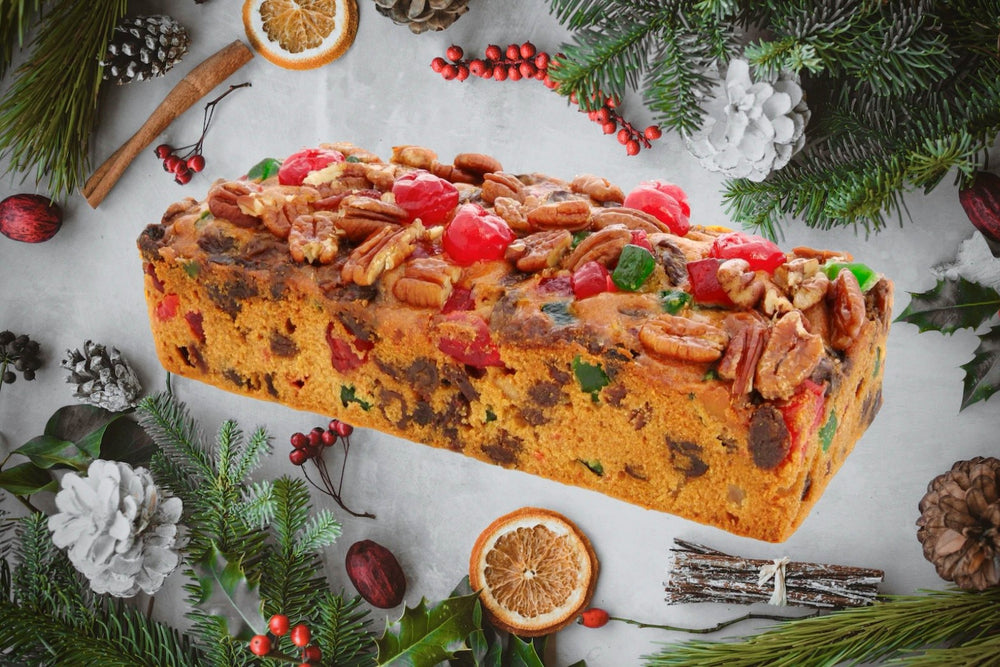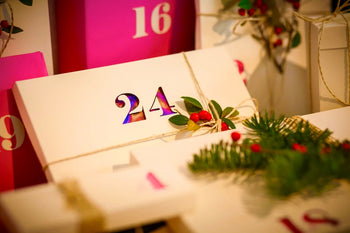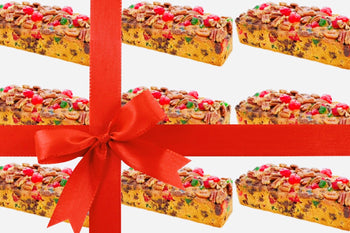Fruitcakes, those sturdy and storied desserts that have earned both adoration and bemusement, have long held a unique place on holiday tables around the world. Beyond their dense texture and vibrant mosaic of candied fruits and nuts, these cakes carry a rich history that stretches back through the annals of time, intricately intertwined with cultural traditions and seasonal celebrations. As we delve into the fascinating journey of how fruitcakes evolved and explore the intriguing origins of their association with Christmas, we'll peel back the layers to reveal a confectionery chronicle that has often been misunderstood – much like the cake itself.
A Slice Through Time: The Ancient Roots of Fruitcakes
The history of fruitcakes is a journey that spans across continents and epochs, originating from the ingenious methods used by ancient civilizations to preserve the bounties of their harvests. As far back as ancient Egypt, fruits were dried and preserved to sustain communities during periods of scarcity or long journeys. These early dried fruit preparations laid the foundation for what would eventually evolve into the modern fruitcake.
The ancient Egyptians are credited with creating some of the earliest recorded fruit and nut mixtures. Pomegranate seeds, pine nuts, and other locally available ingredients were combined to form a sweet and energy-packed concoction. These treats not only provided sustenance but also served as offerings to gods during religious ceremonies. The tradition of combining fruits and nuts as a symbol of fertility and prosperity spread to other ancient civilizations, including the Greeks and Romans.
Medieval Delicacies: From Honeyed Sweets to Fruit-Filled Cakes
As the centuries unfolded, fruitcakes underwent transformations that mirrored the evolving culinary tastes and available ingredients of different eras. In medieval Europe, the concept of fruitcakes began to shift as honey emerged as a favored sweetener, replacing earlier preservation methods. Fruits such as dates and figs were soaked in honey, and spices like cinnamon and cloves were added to enhance the flavors.
The medieval period also witnessed the rise of the spice trade, allowing for the infusion of exotic flavors from far-off lands into European kitchens. Fruitcakes became more intricate, with a wide array of spices, dried fruits, and nuts being incorporated into the recipes. These cakes were often shaped into intricate designs and enjoyed by the nobility as symbols of opulence and indulgence.
The Age of Exploration and Culinary Exchange
The Age of Exploration marked a pivotal point in the history of fruitcakes, as it brought about a global culinary exchange that would forever alter their composition. With the discovery of the New World, a plethora of new ingredients entered the European diet. Sugar, derived from sugarcane cultivated in the Caribbean, became more widely available and replaced honey as the primary sweetener in fruitcake recipes.
Citrus fruits and candied peels, also made possible by the newfound accessibility to sugar, added a burst of flavor and color to fruitcakes. These innovations not only enhanced the taste but also extended the shelf life of the cakes, making them suitable for long journeys. The dense nature of fruitcakes, combined with their ability to withstand extended storage, made them a popular choice among explorers and settlers, who would often carry these cakes on their journeys.
A Victorian Flourish: Fruitcakes in the 19th Century
The Victorian era marked a turning point for fruitcakes, as they began to take on a more prominent role in festive celebrations, particularly during Christmas. The 19th century was characterized by an increasing emphasis on family gatherings, elaborate decorations, and the exchange of gifts. Fruitcakes, with their rich history and sumptuous flavors, aligned perfectly with the spirit of the season.
During this era, the craftsmanship of fruitcakes reached new heights. Elaborate decorations, intricate icing, and artistic designs became synonymous with the finest fruitcakes. These cakes were often presented as centerpieces at grand holiday feasts, symbolizing abundance and prosperity. The art of making fruitcakes also became a cherished tradition passed down through generations, with families often using secret recipes and techniques to create their own signature cakes.
Tying the Knot: Fruitcakes and Christmas Tradition
The close association between fruitcakes and Christmas tradition became more pronounced as the years went by. The unique qualities of fruitcakes, including their longevity and rich flavors, made them a practical and symbolic choice for the festive season. Baking fruitcakes well in advance allowed families to savor the anticipation of the holiday while indulging in a treat that had been carefully prepared months earlier.
One notable aspect of the Christmas fruitcake is the practice of "feeding" the cake with alcohol over time. This process not only enhances the flavor but also acts as a form of preservation, ensuring the cake remains moist and delectable. The use of alcohol also aligns with the spirit of celebration and merriment that characterizes the holiday season.
The Modern Era and Beyond: Fruitcakes Today
In the modern era, fruitcakes have retained their special place in holiday celebrations, albeit with a touch of nostalgia and reverence for tradition. While newer and trendier desserts have emerged, the fruitcake's enduring appeal lies in its historical significance and the emotions it evokes. Today's fruitcakes often blend the classic elements of dried fruits and nuts with contemporary twists, catering to a variety of tastes.
As you savor a slice of fruitcake during the Christmas season, take a moment to reflect on the centuries of history that have contributed to this cherished tradition. From the ancient Egyptians to medieval Europe and the Age of Exploration, fruitcakes have traversed time and culture, embodying the essence of culinary evolution and cultural exchange.
A Slice of Nostalgia and Tradition
Fruitcake stands as more than just a confection; it is a culinary masterpiece that weaves together the threads of time, culture, and celebration. Its enduring presence on our holiday tables is a testament to the human connection to tradition and the power of food to evoke memories of bygone eras. As you savor a slice of fruitcake during the Christmas season, you're not merely indulging in a dessert – you're partaking in a shared history that spans continents and epochs.
The journey of the fruitcake, from the ancient Egyptians' ingenious use of preserved fruits to the opulent feasts of medieval Europe and the joyous celebrations of the Victorian era, has been a flavor-filled odyssey. It's a story of adaptation and evolution, as each era brought new ingredients, techniques, and customs to the mix, resulting in the rich and complex flavors we enjoy today.
In a world filled with fleeting trends and ever-changing tastes, the fruitcake remains a steadfast symbol of tradition, passed down through generations like a treasured family heirloom. Its presence on the holiday table is a comforting reminder that, despite the passage of time, some things remain delightfully constant.
So, as you raise your fork to savor the dense, fruit-studded goodness of a holiday fruitcake, take a moment to appreciate the history it embodies. Share a smile with generations past who also enjoyed this delightful treat, and perhaps even consider starting your own fruitcake-making tradition. After all, what better way to pay homage to the past than by creating your own masterpiece that future generations will savor – and possibly make jokes about?
Want to make your holiday decor extra sweet this holiday season?
Rent-A-Christmas can help!






